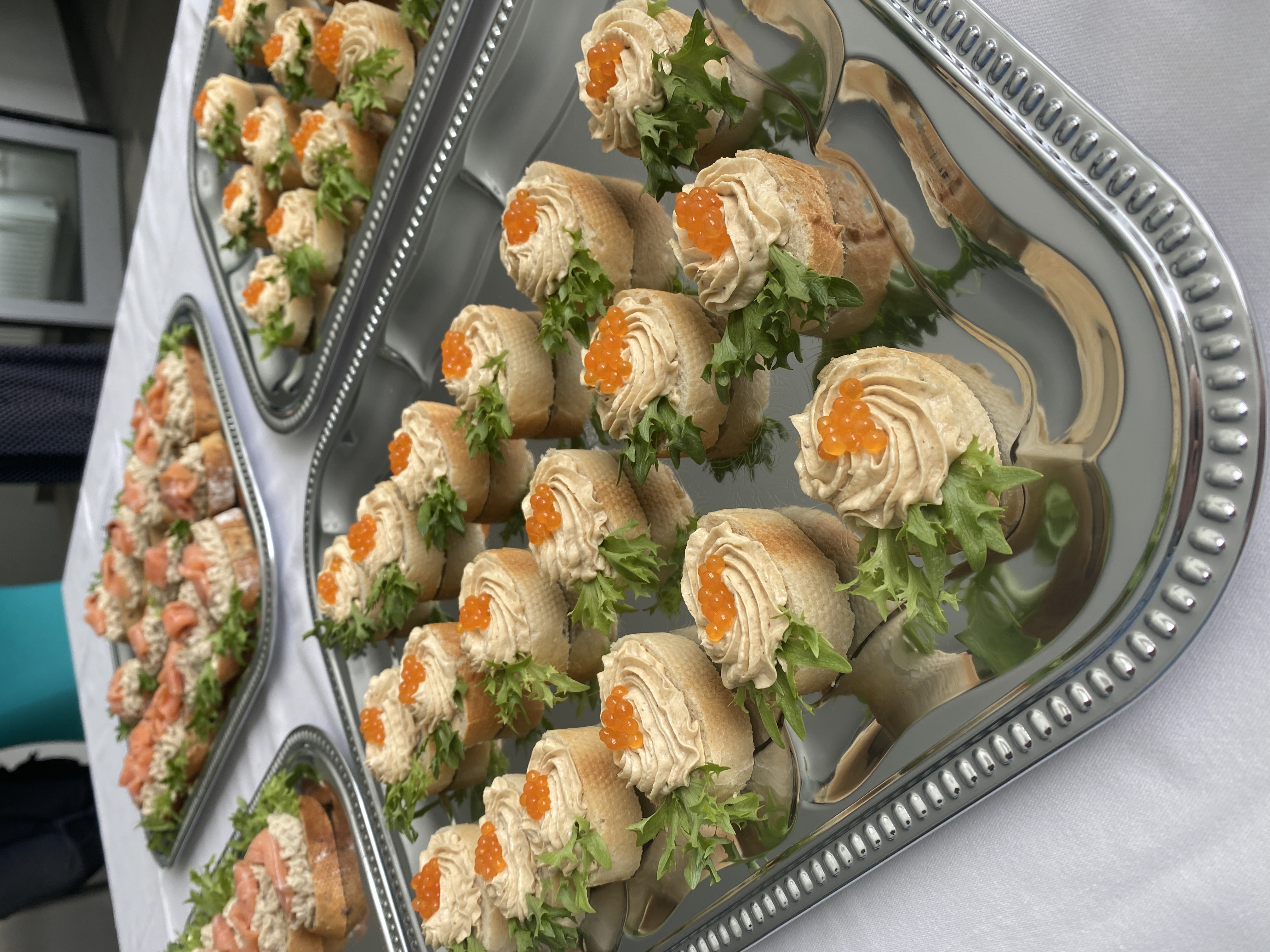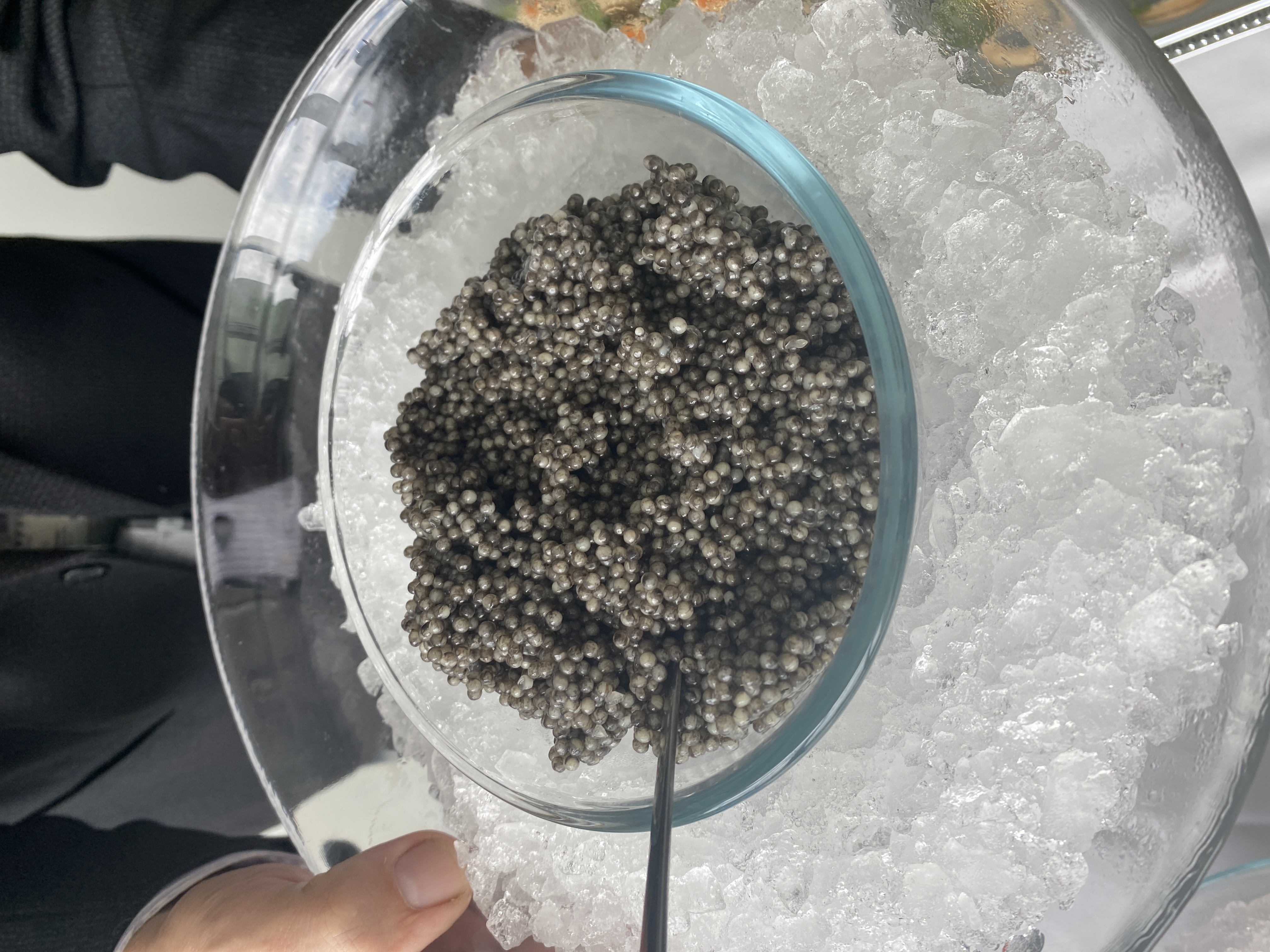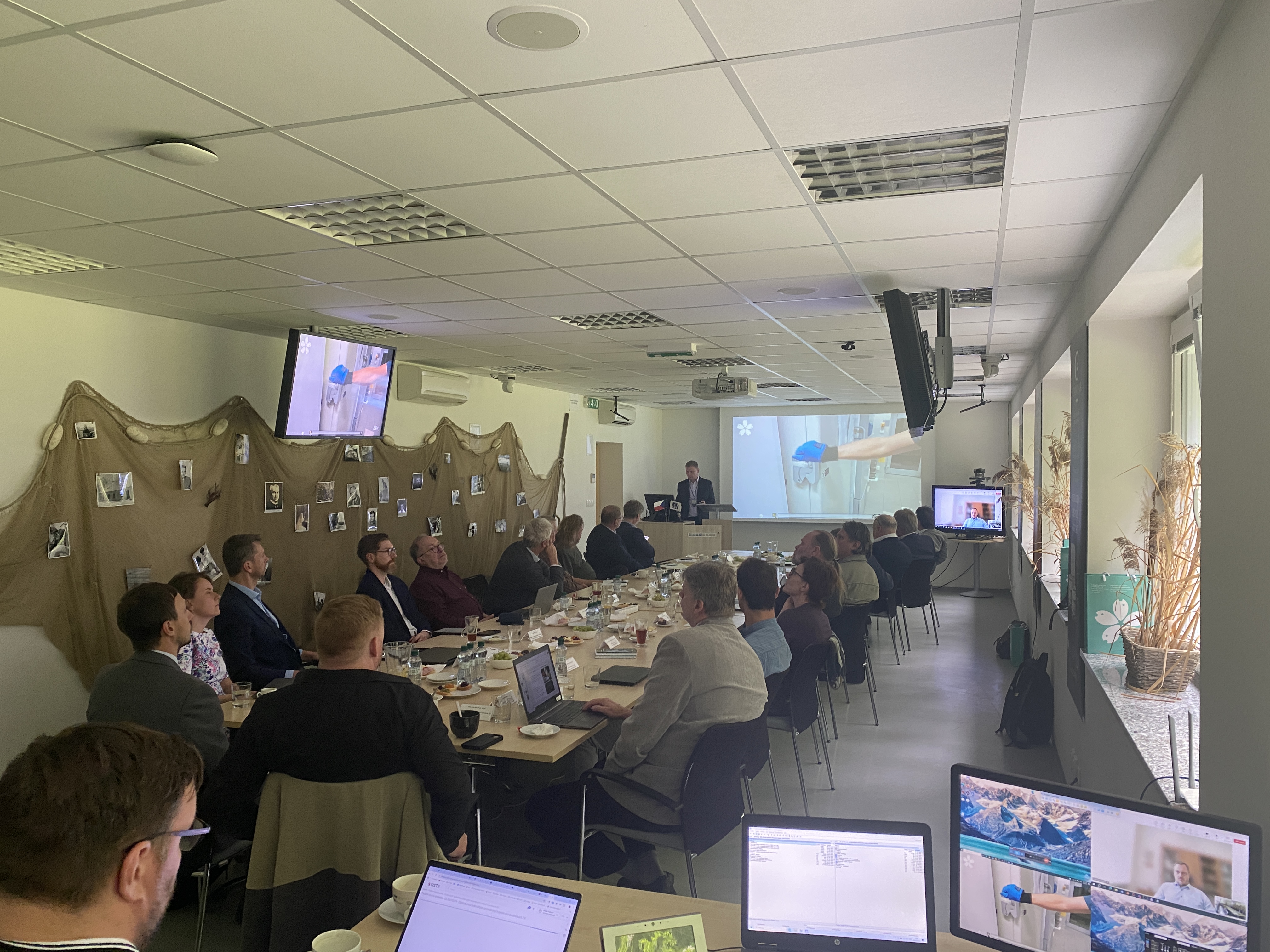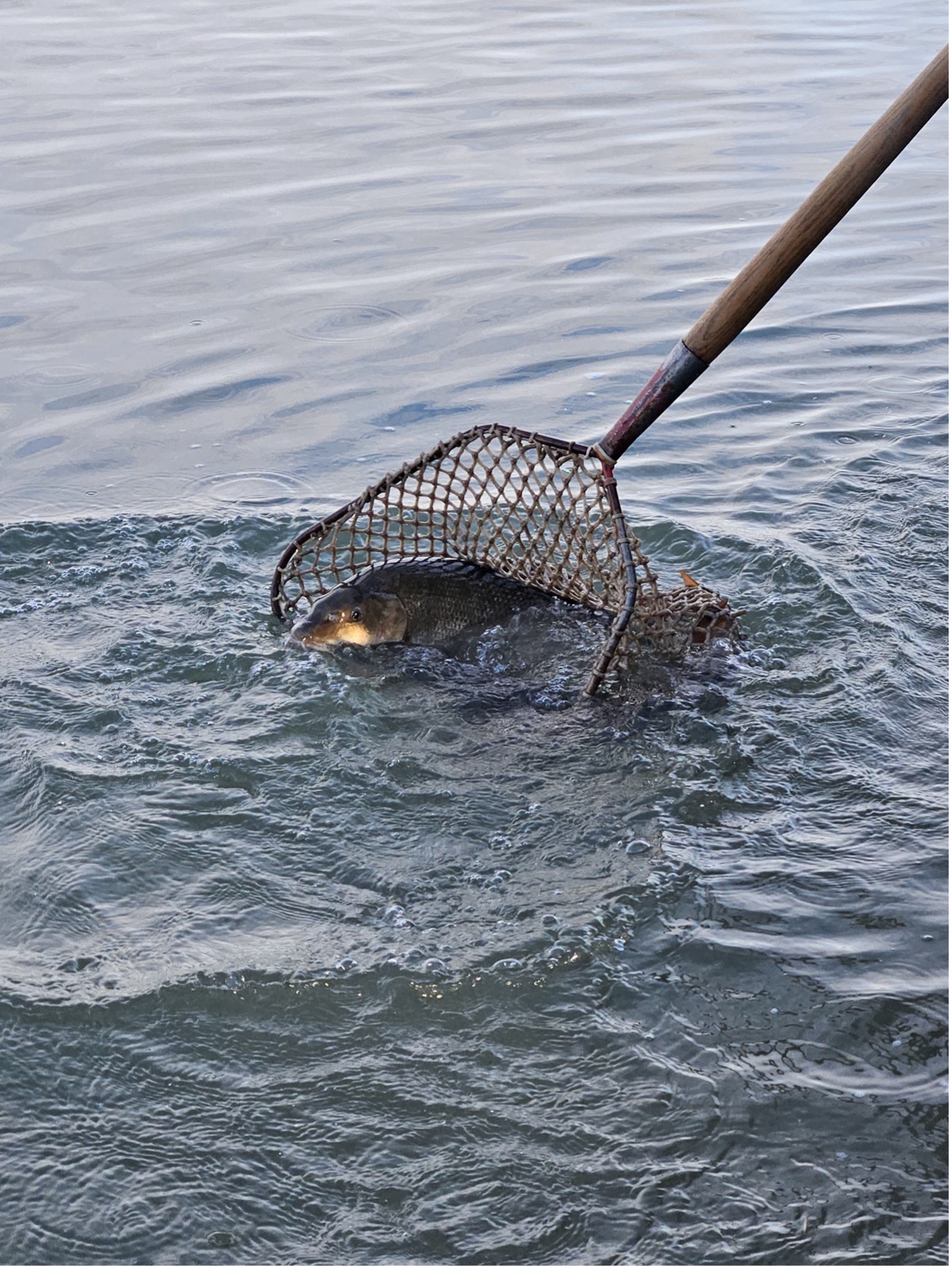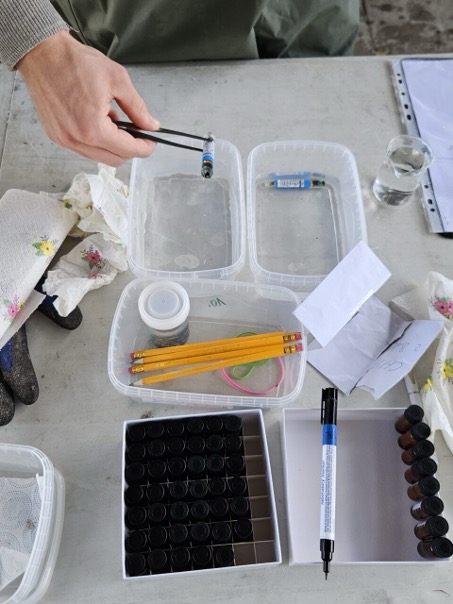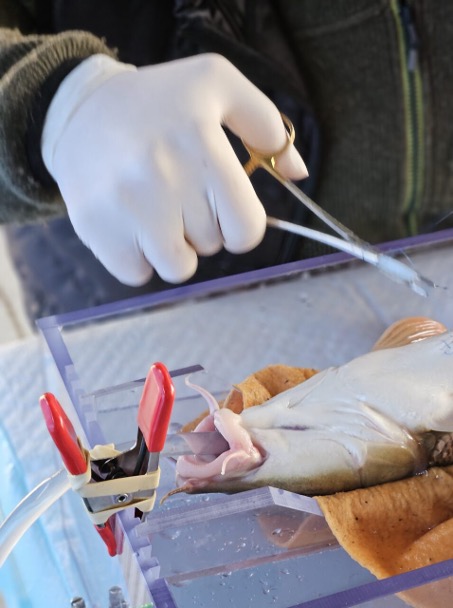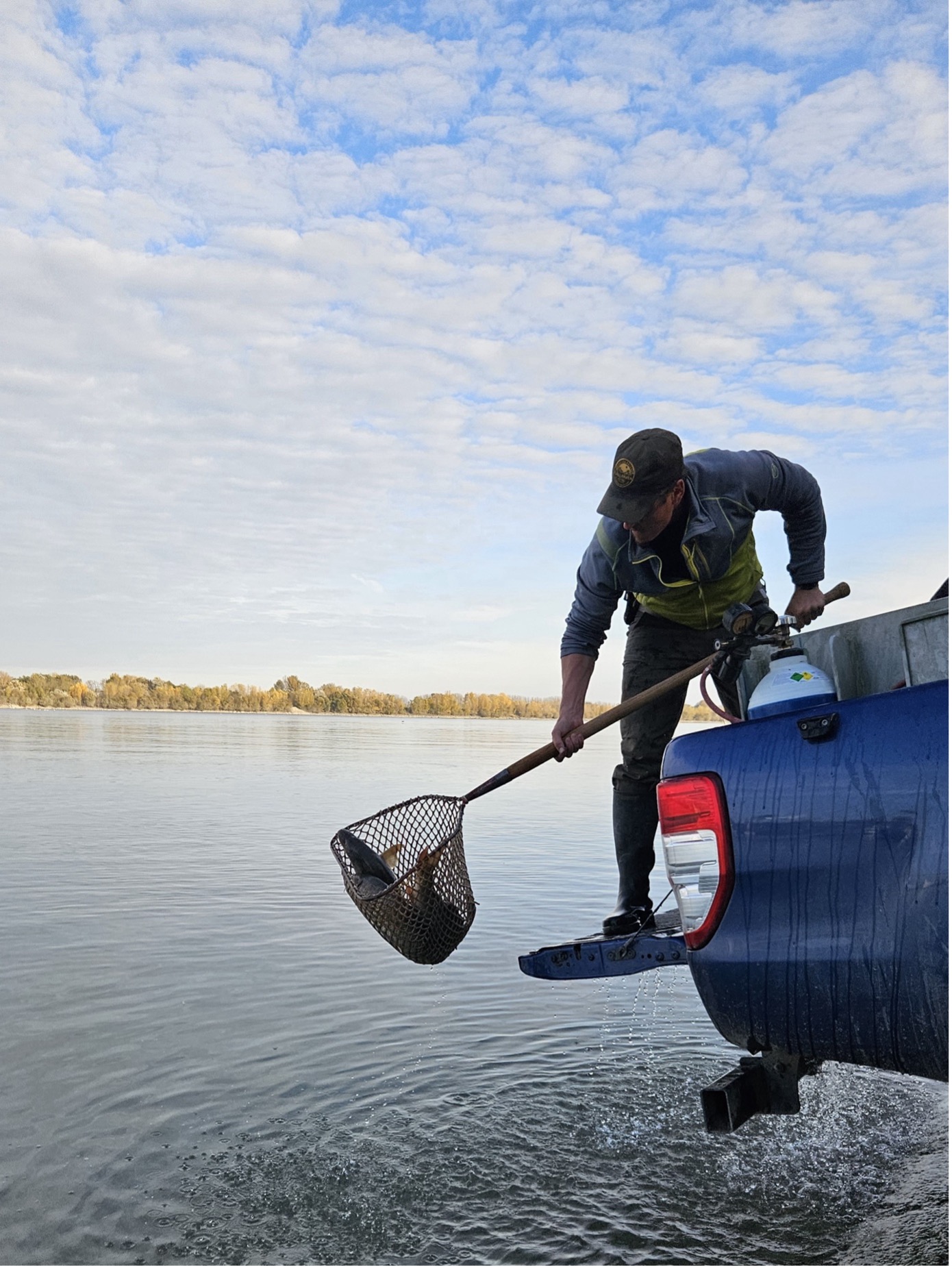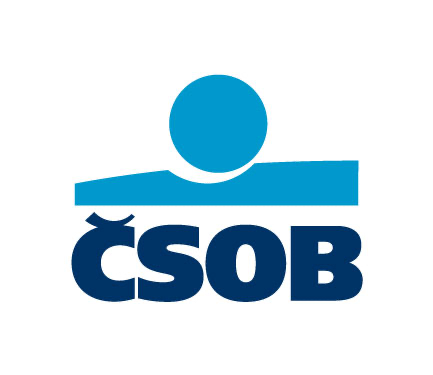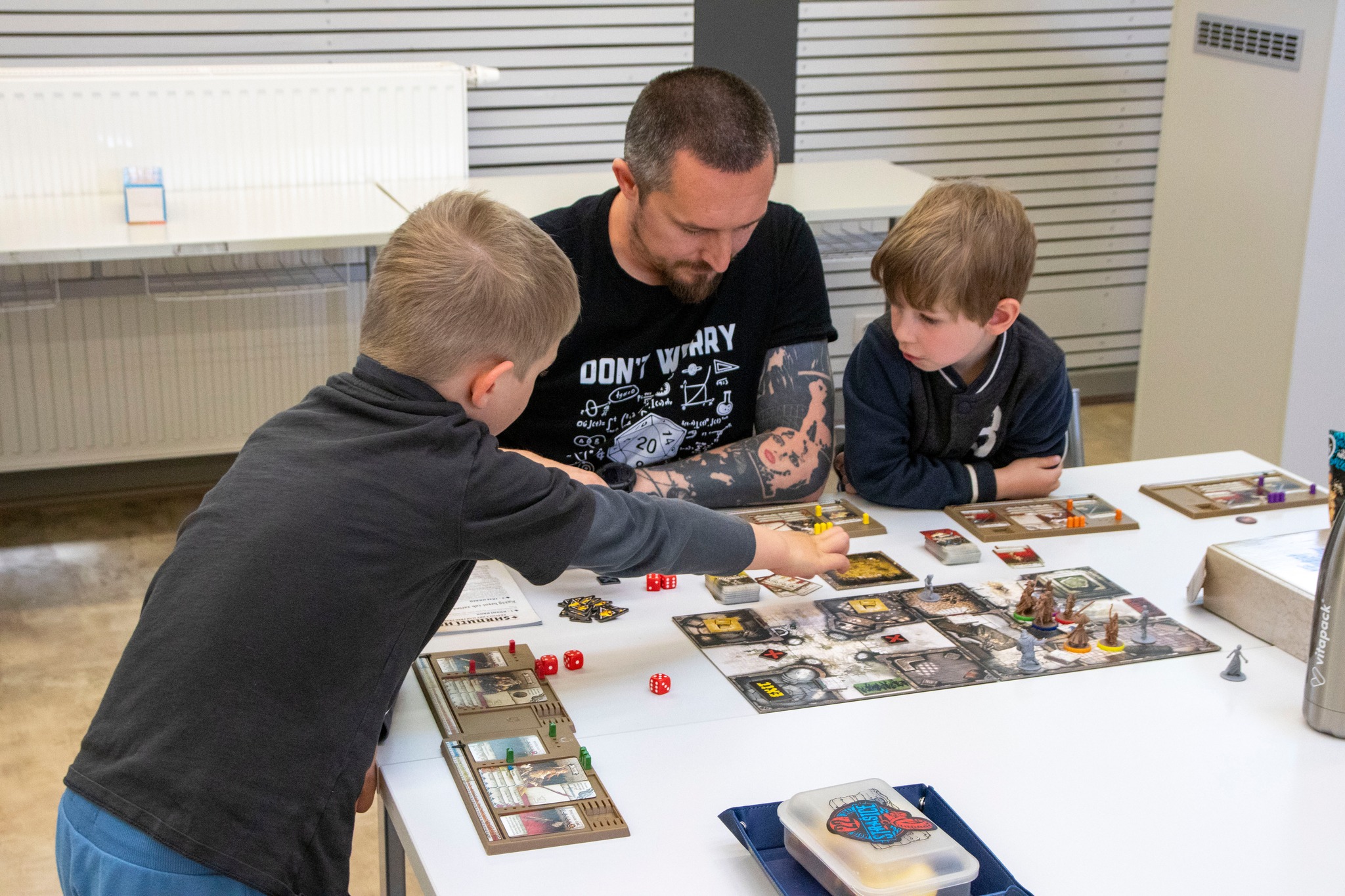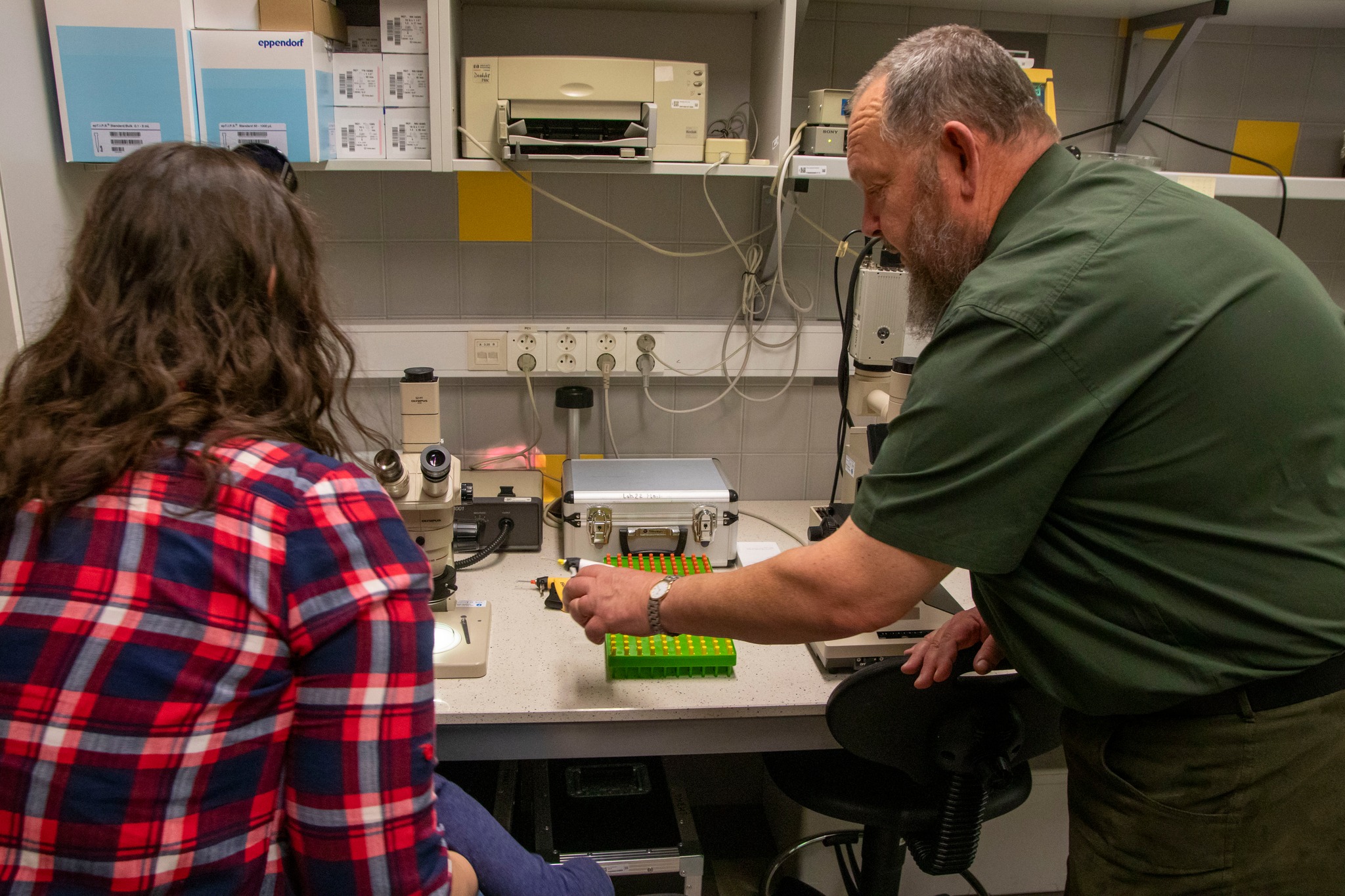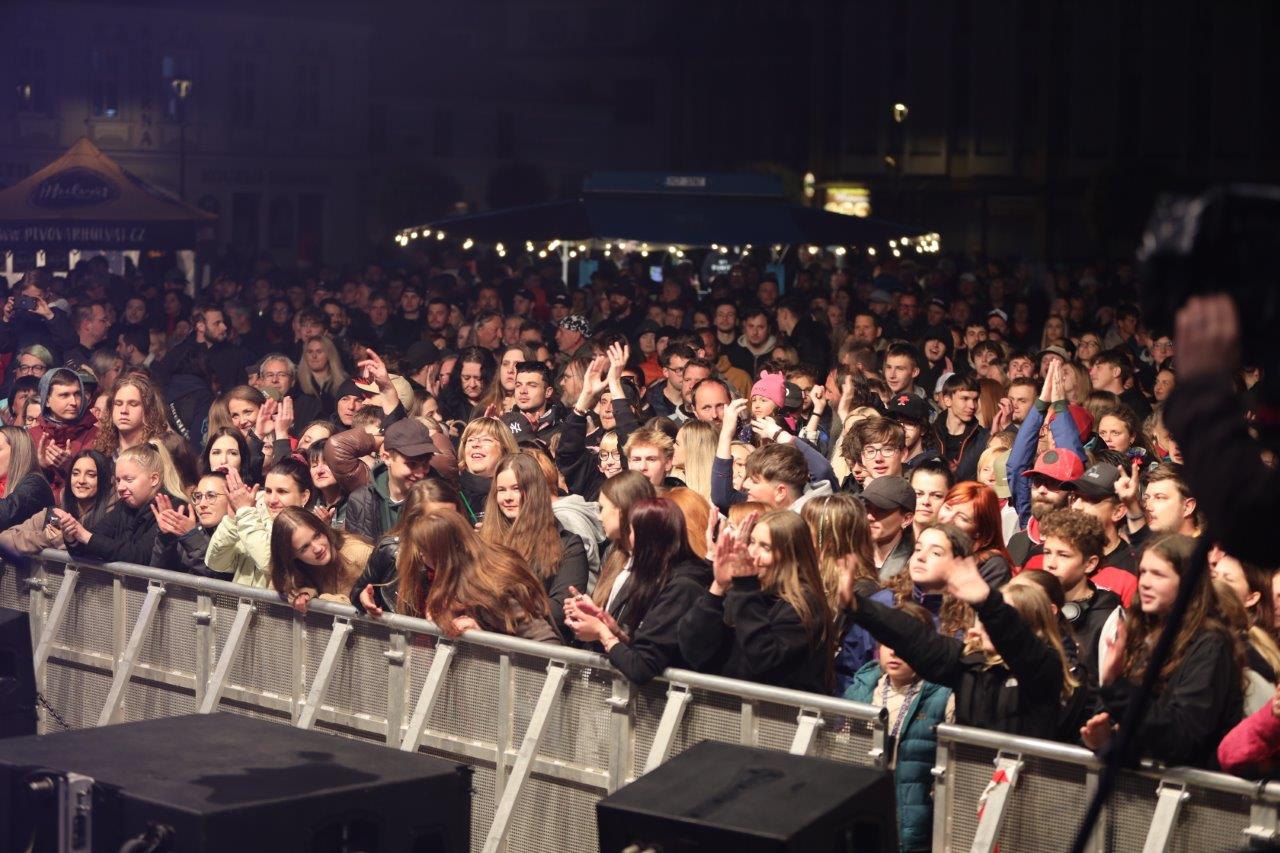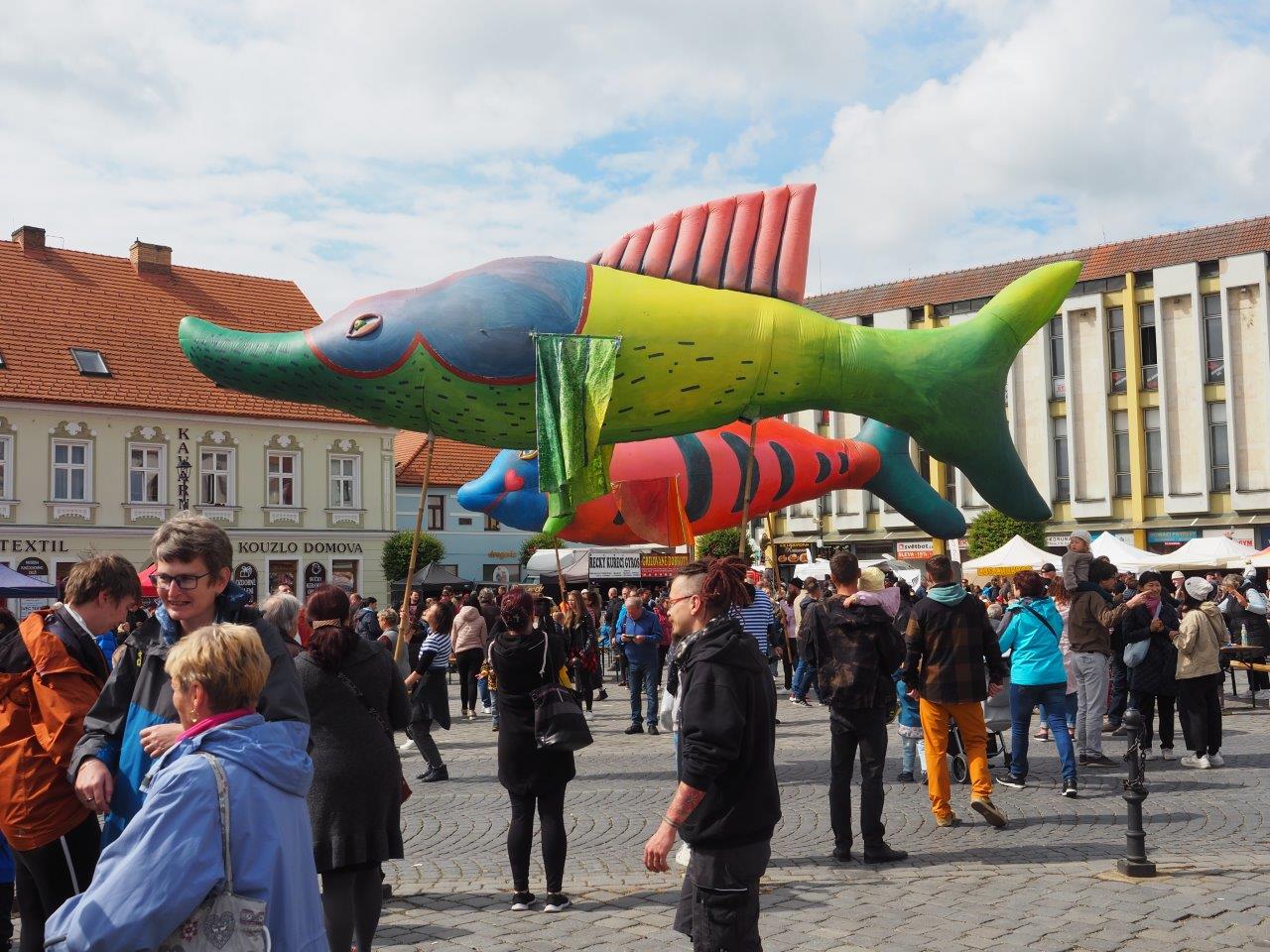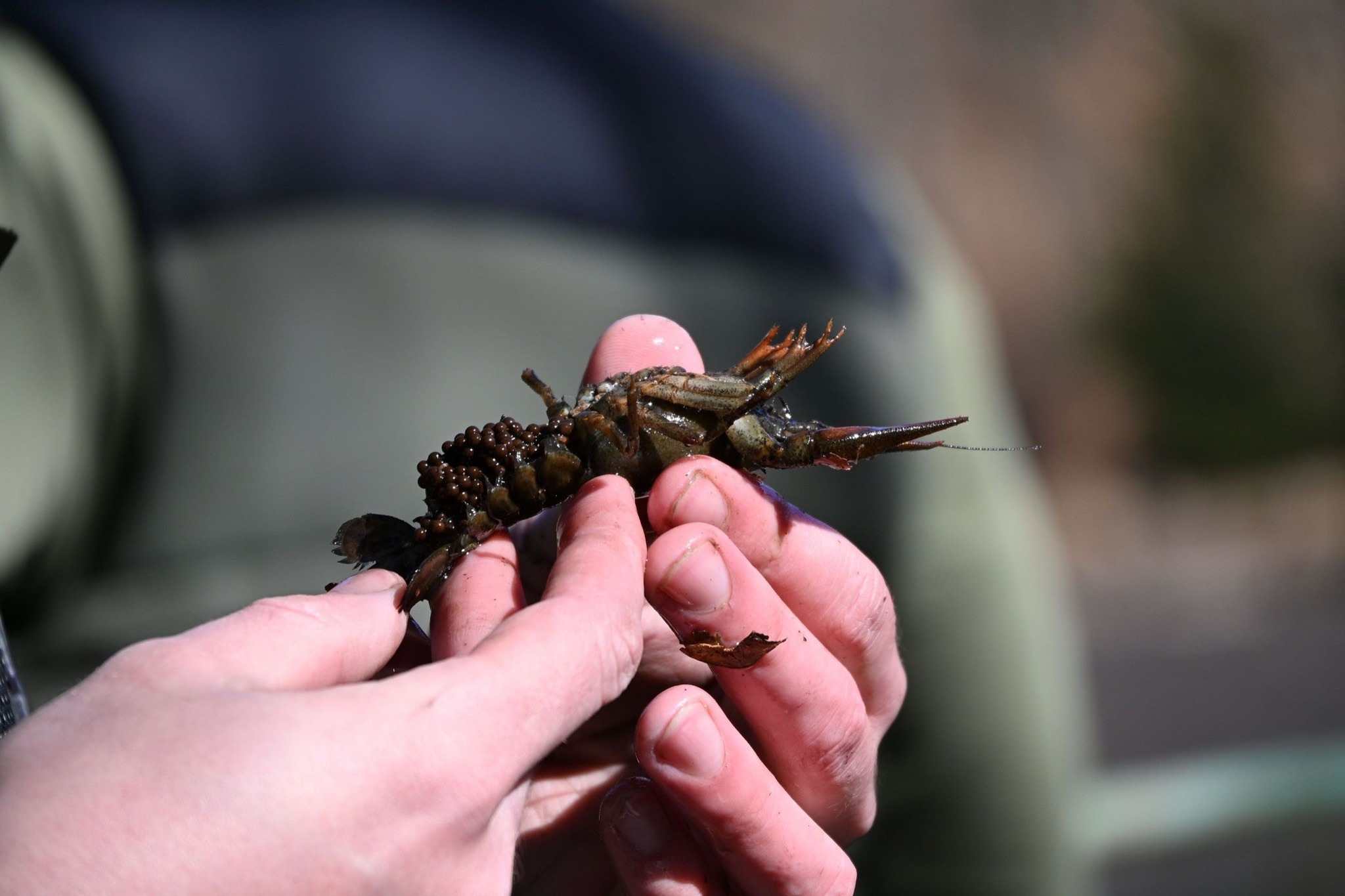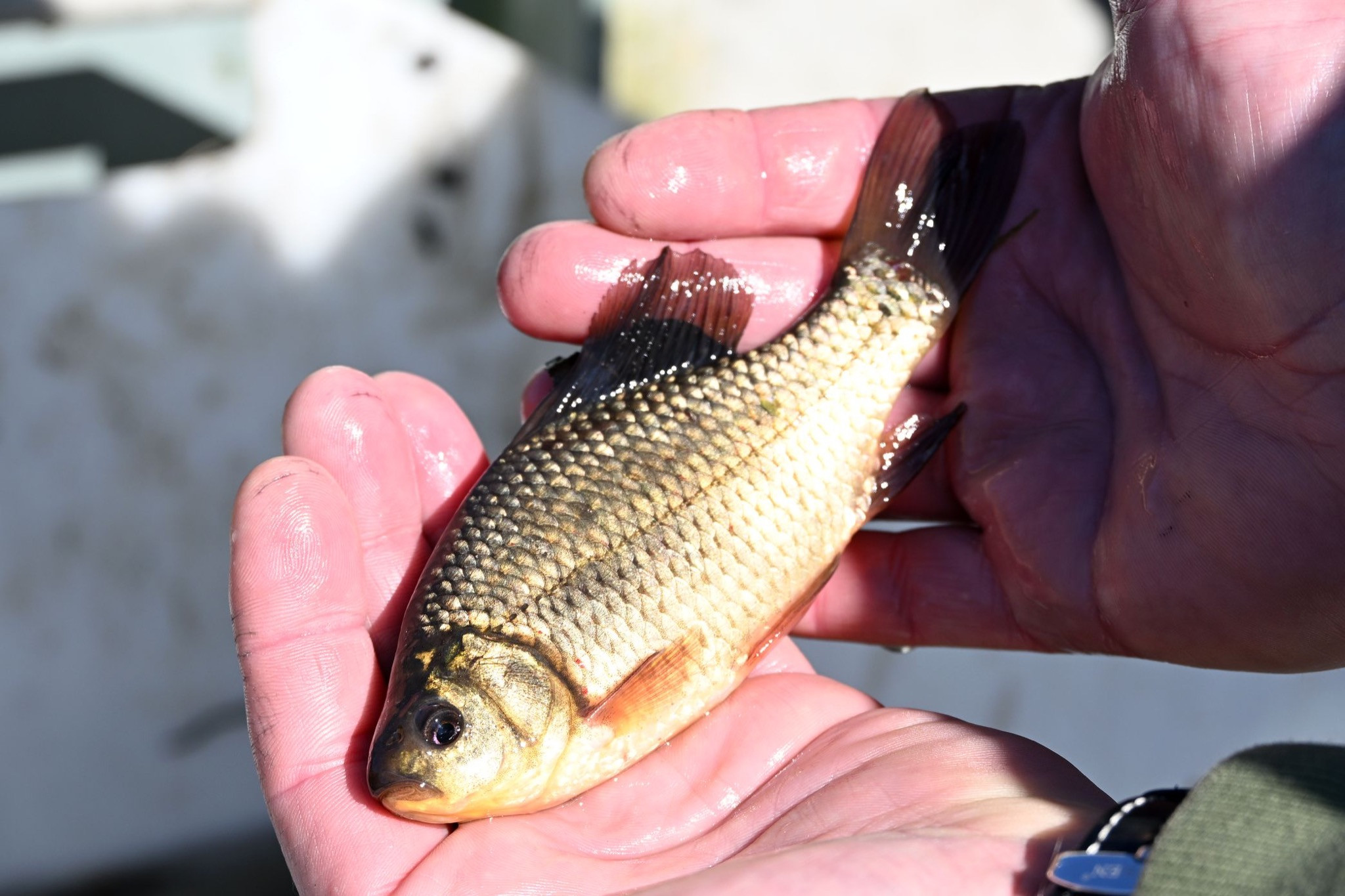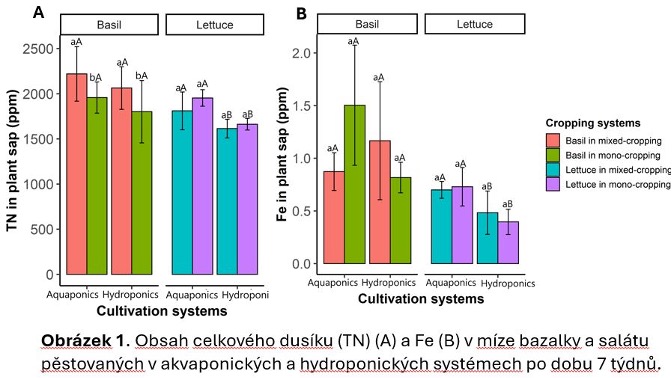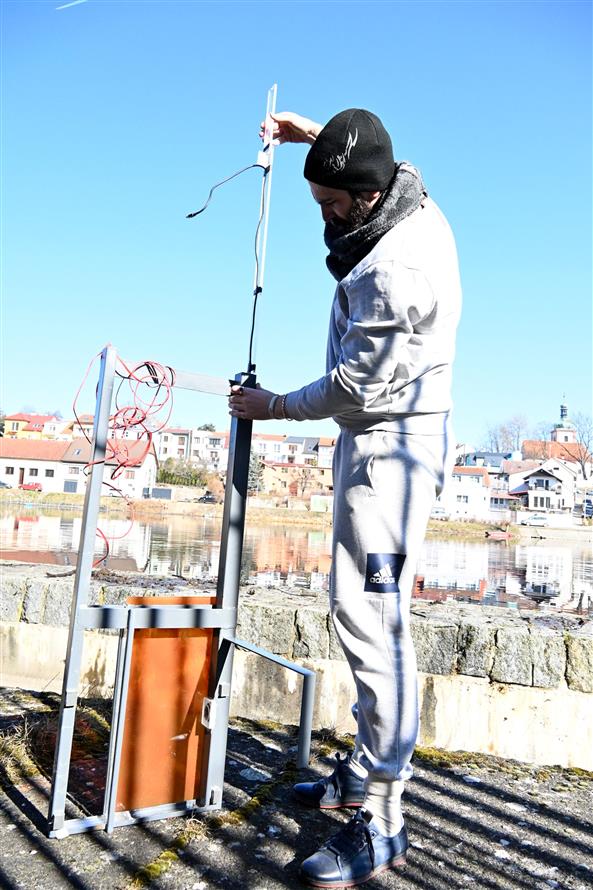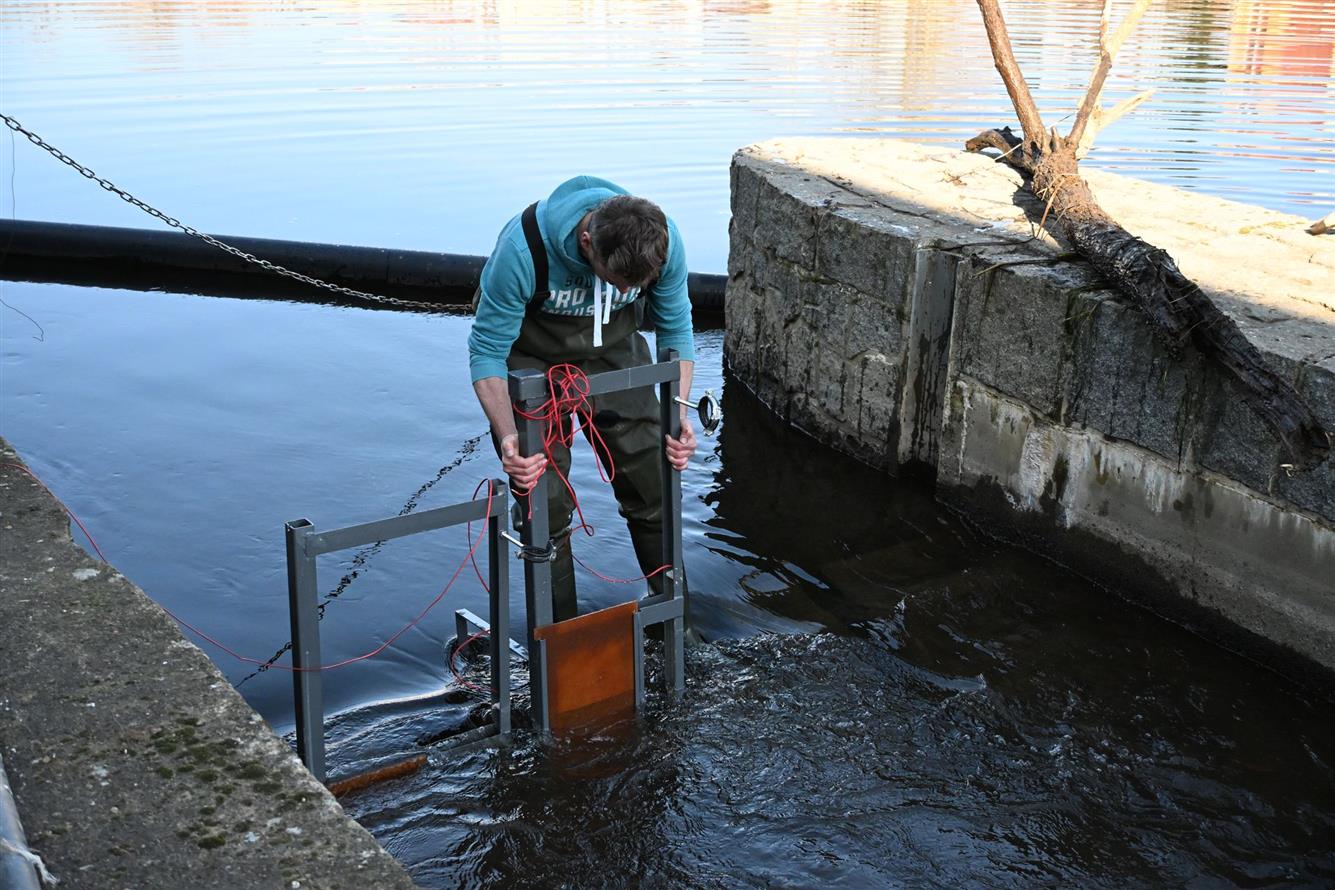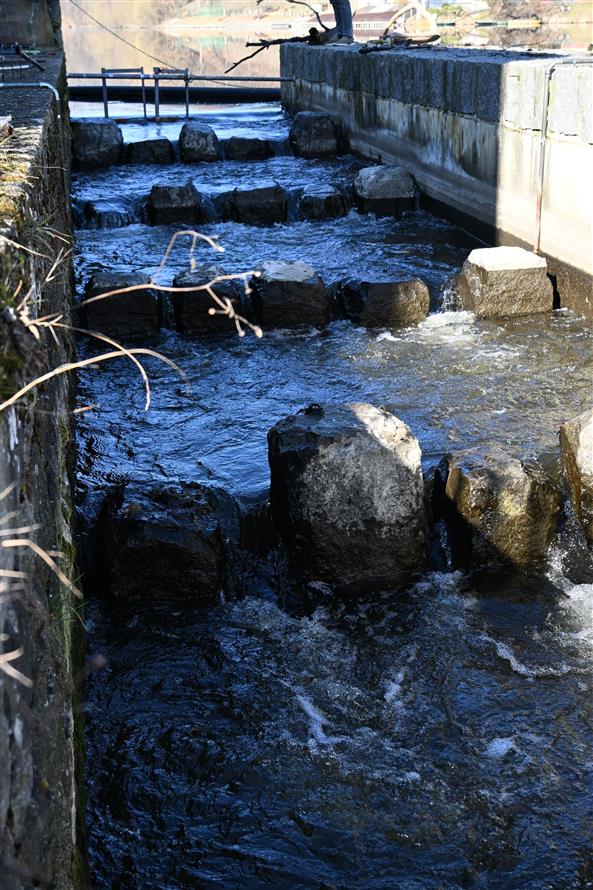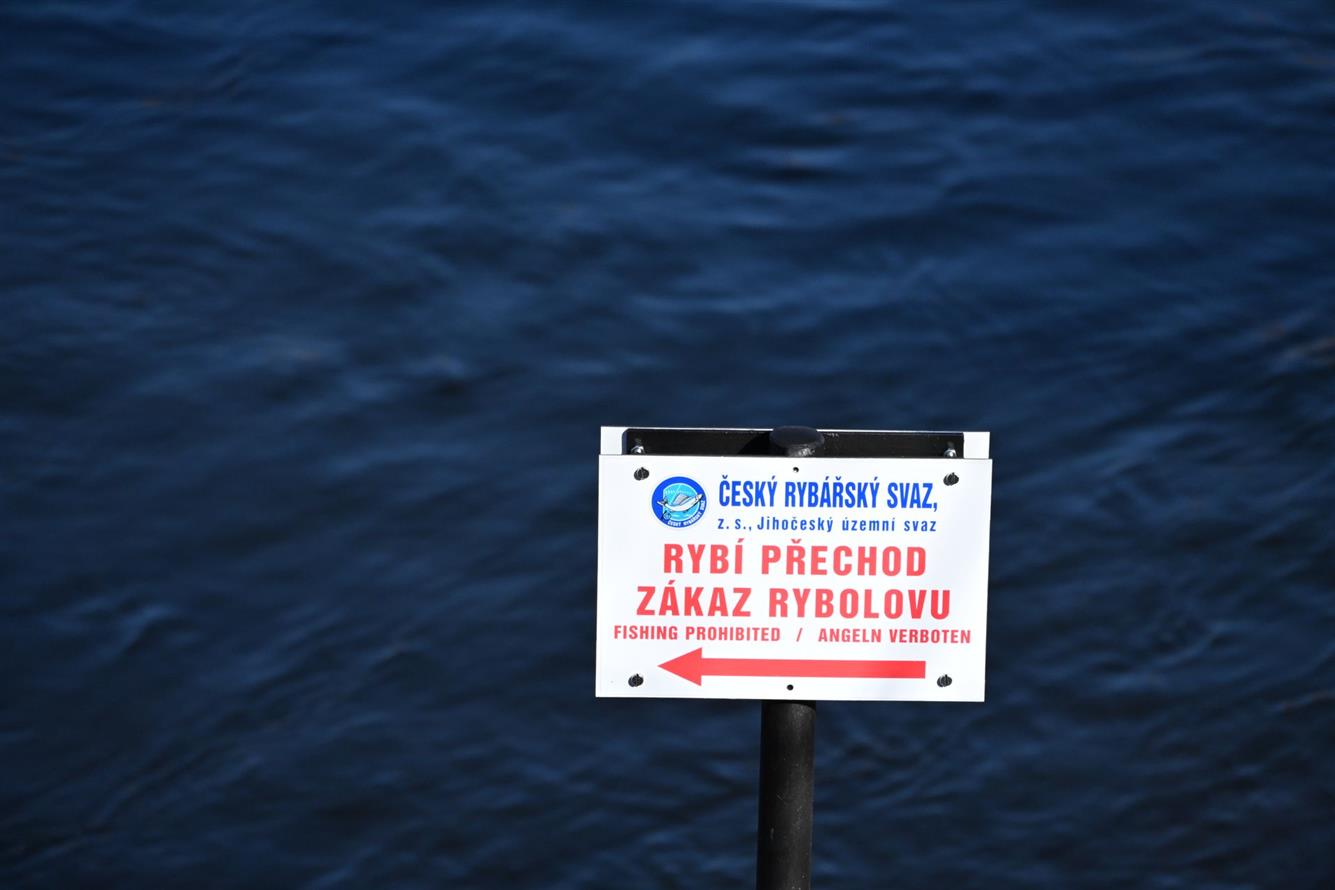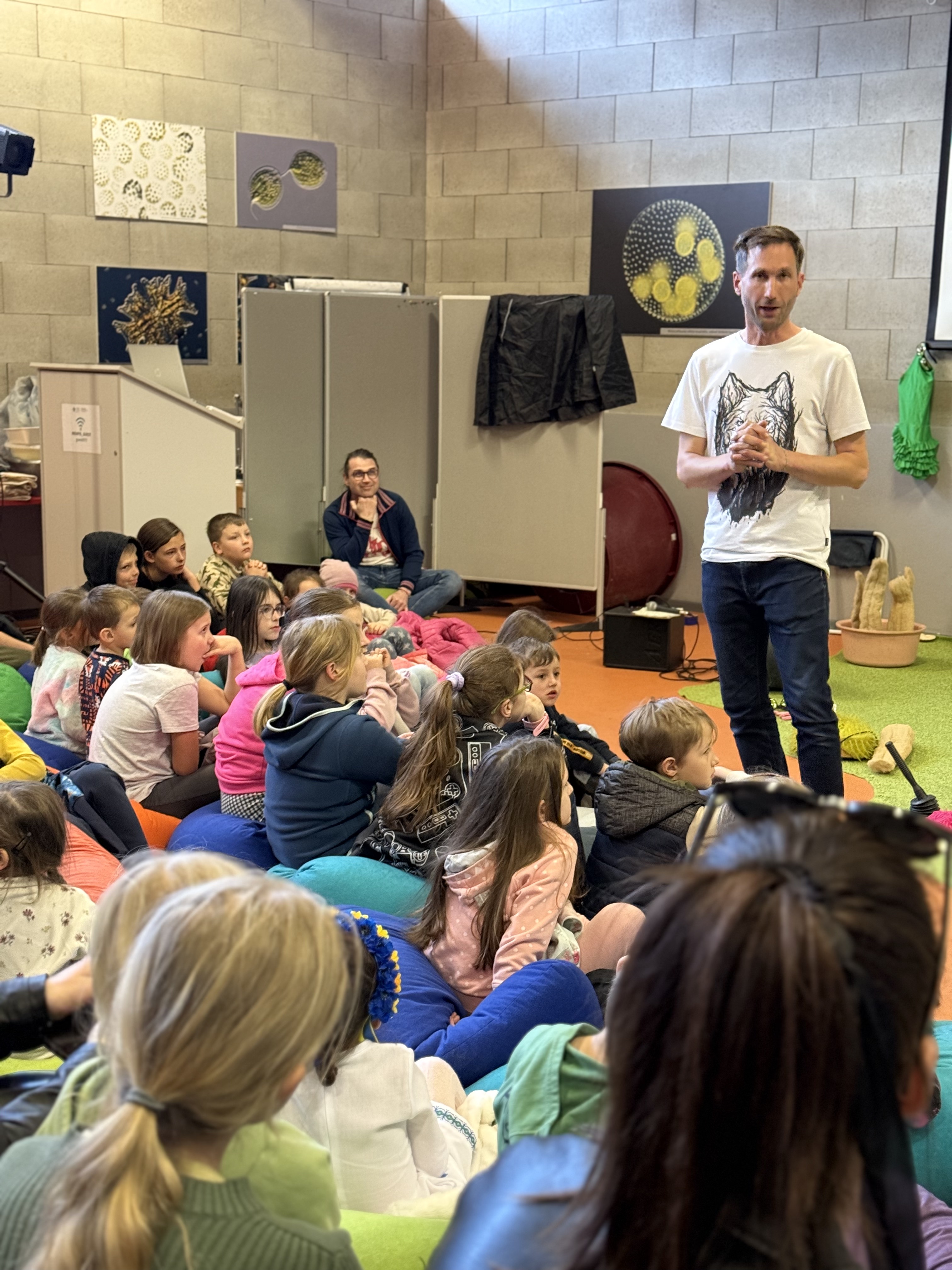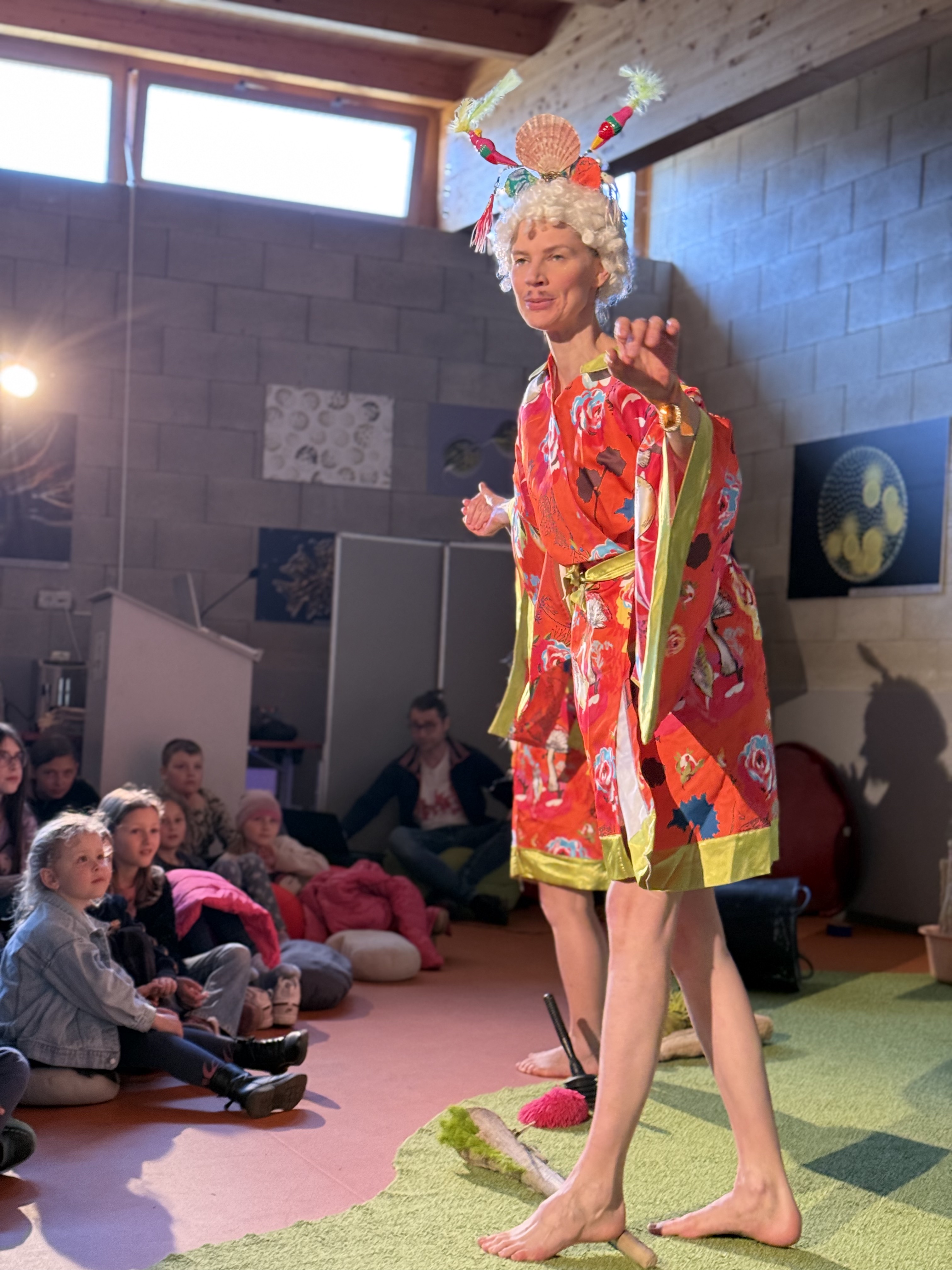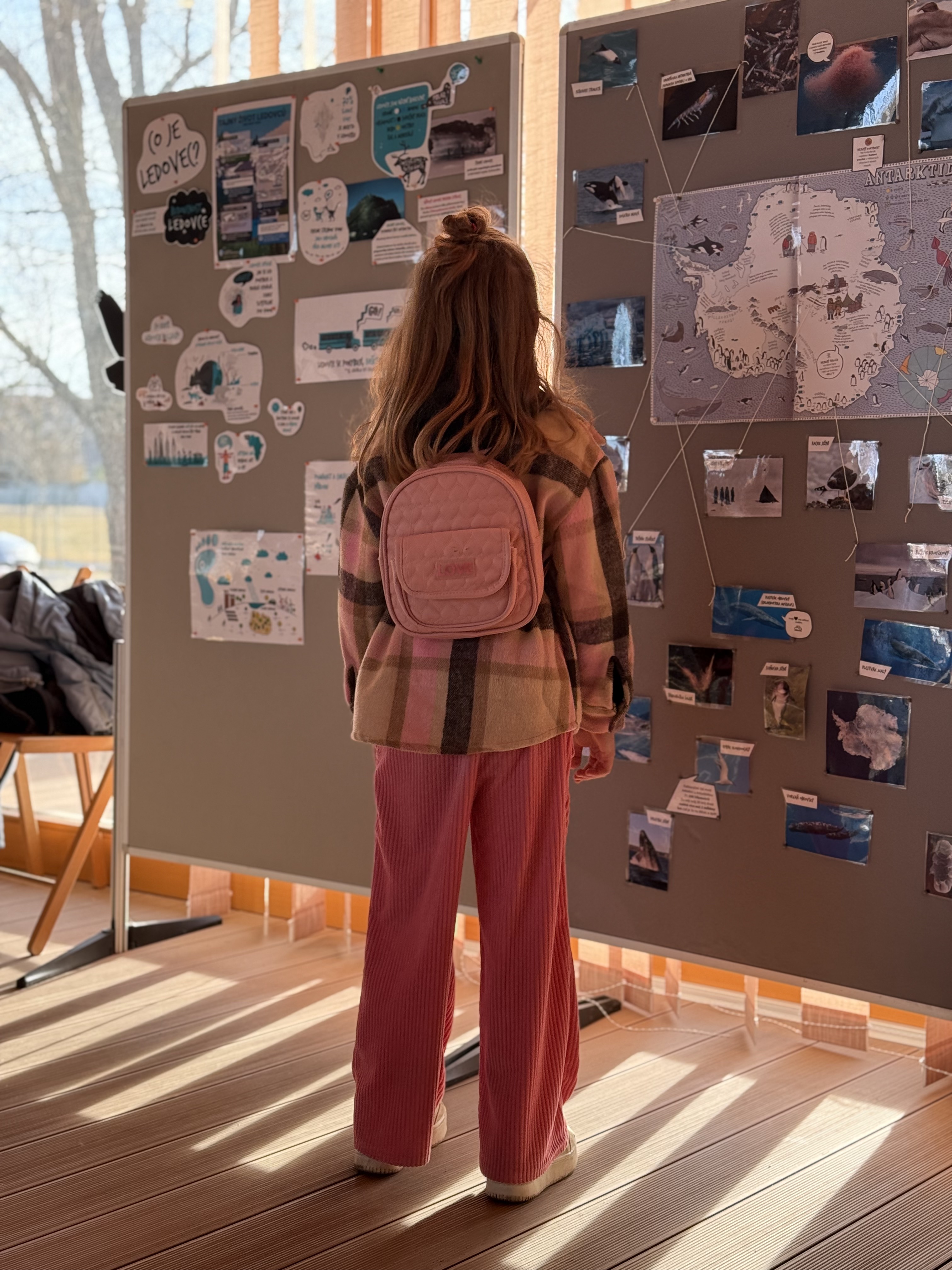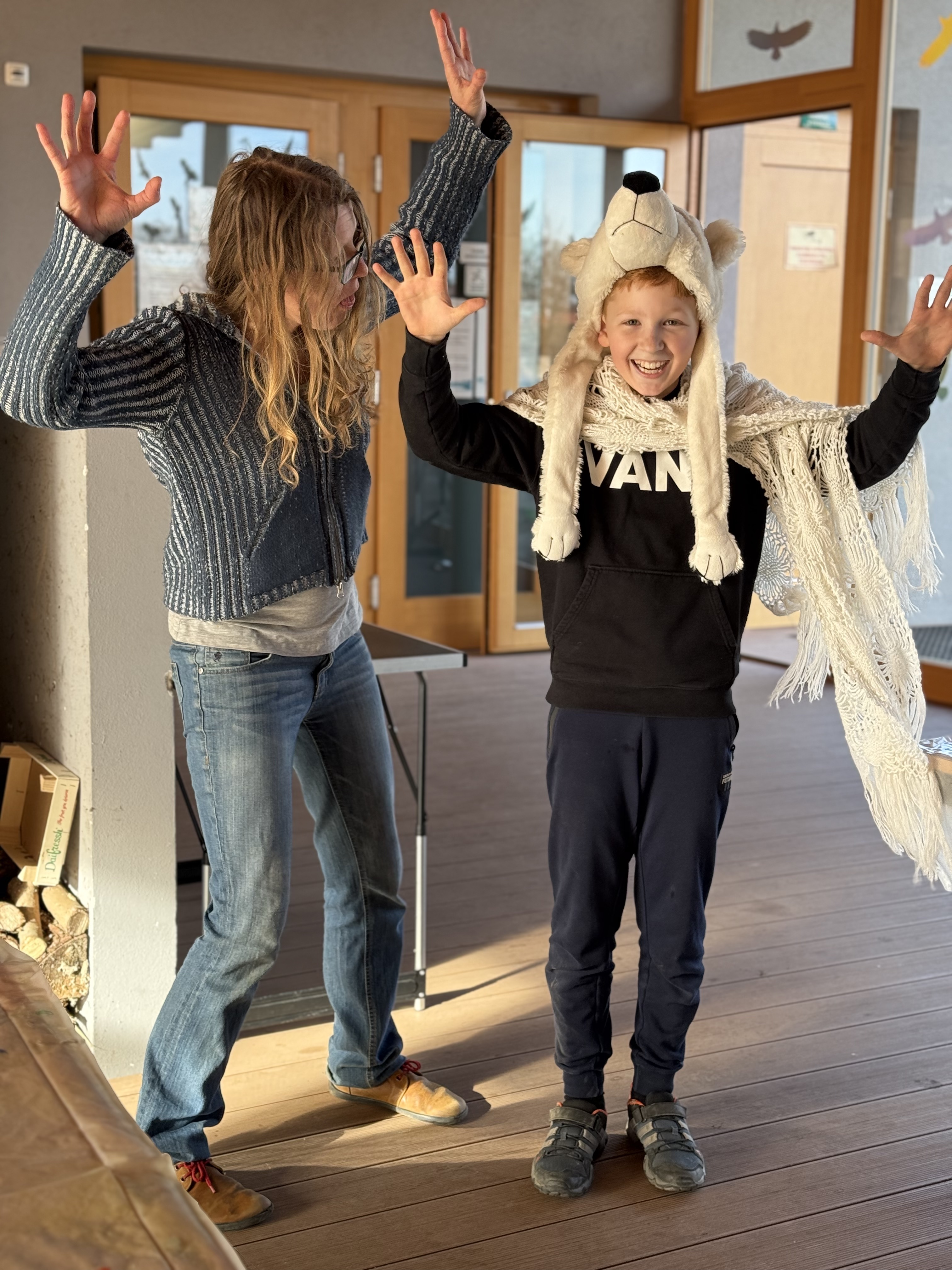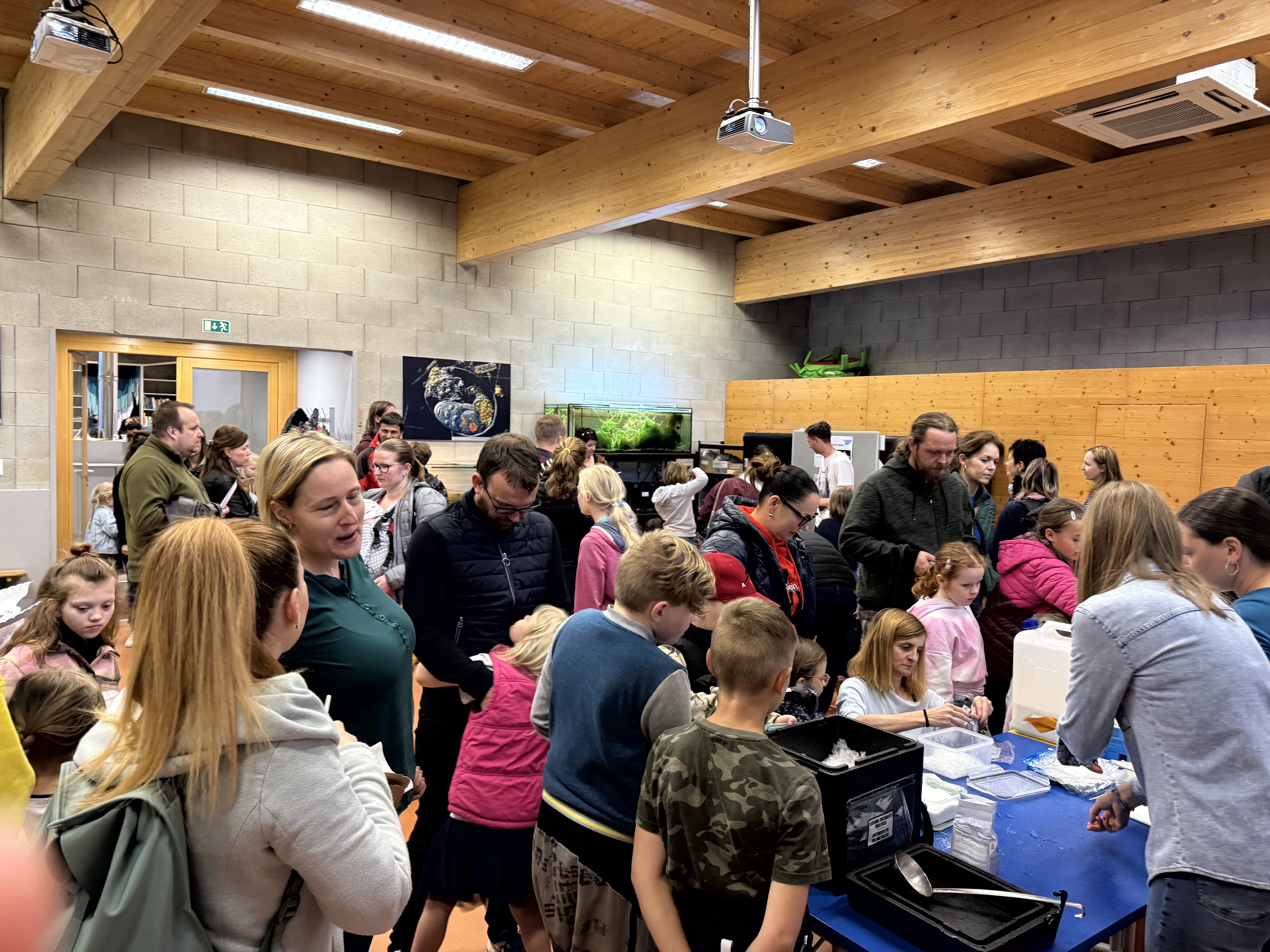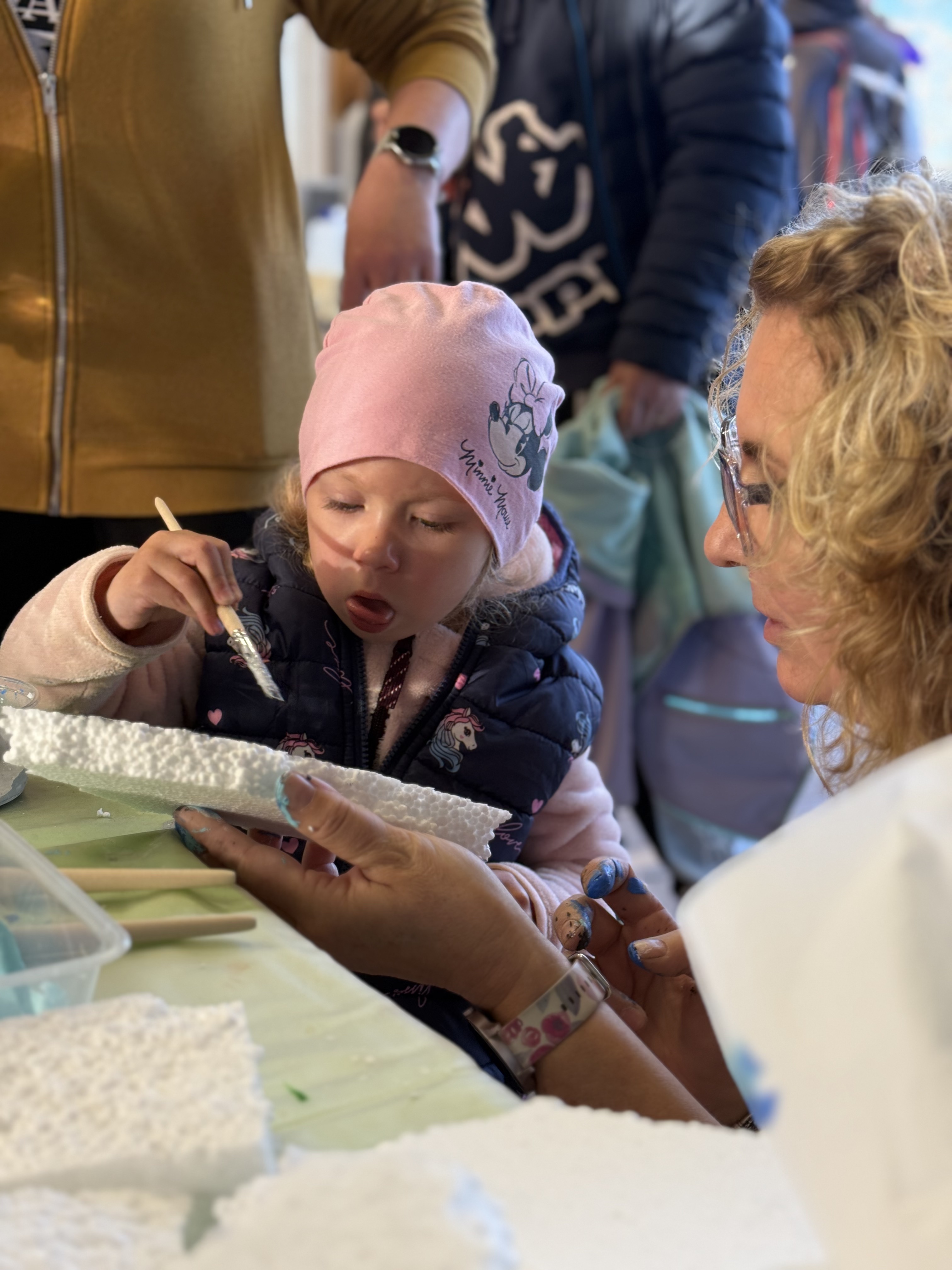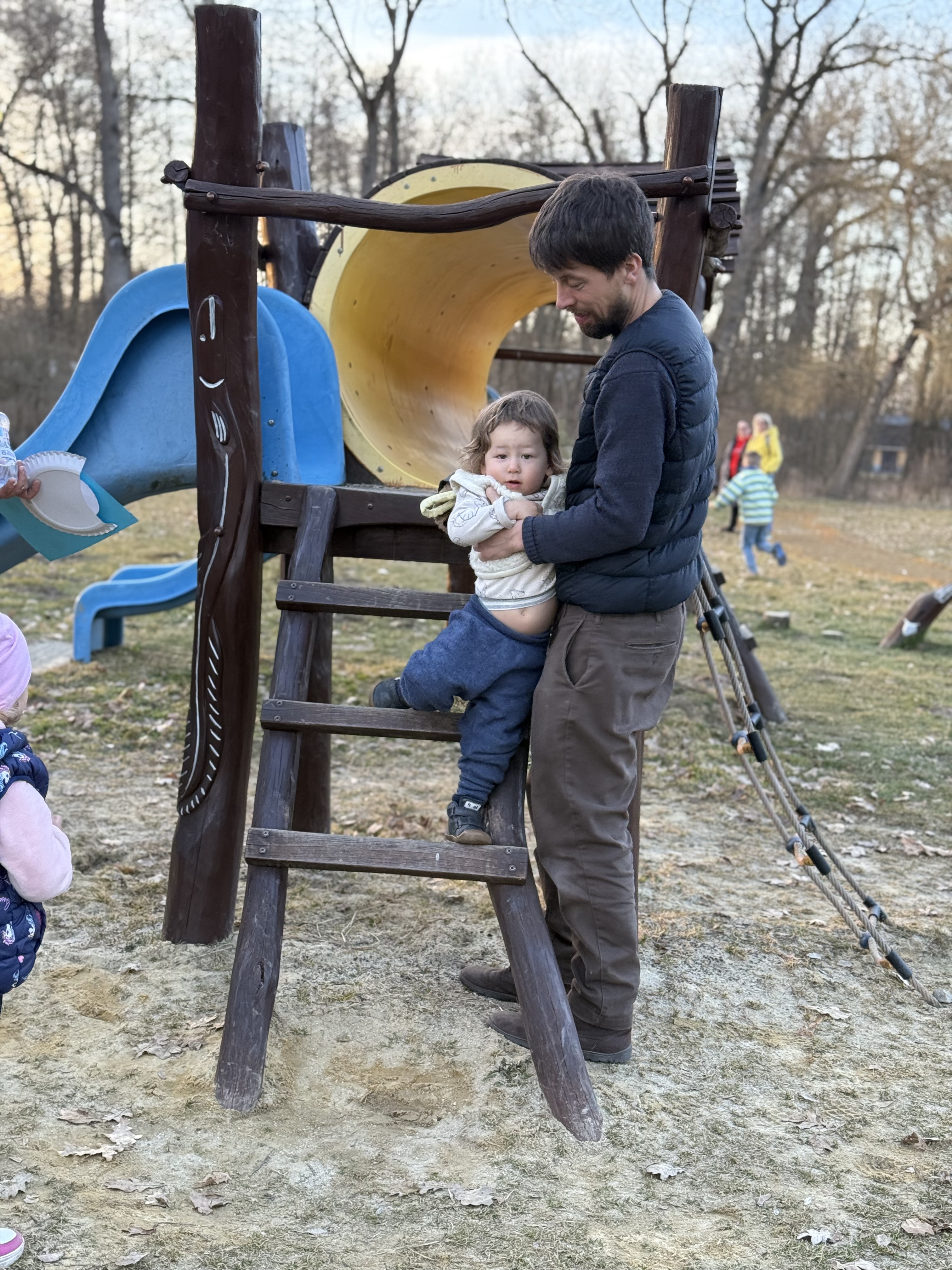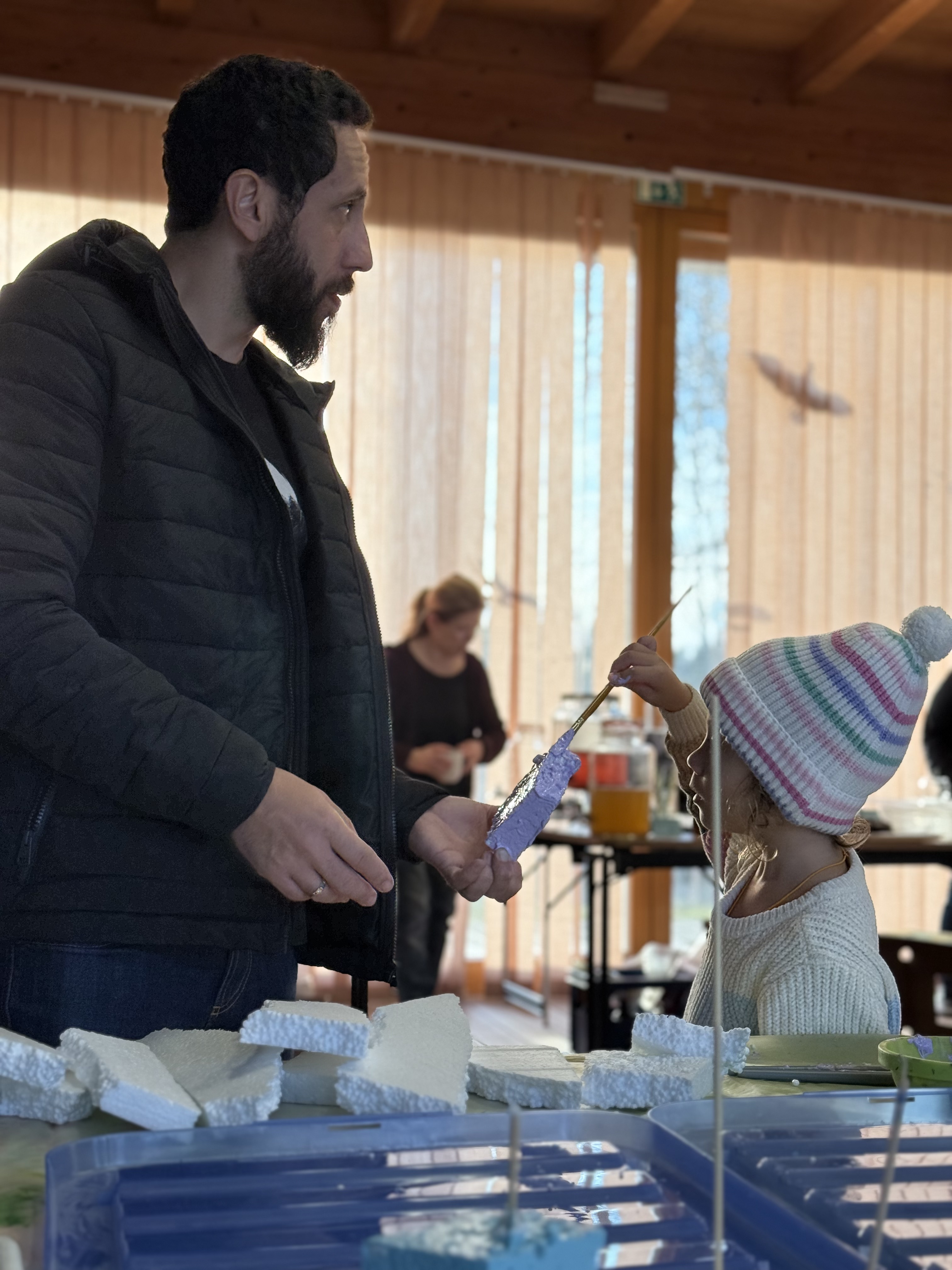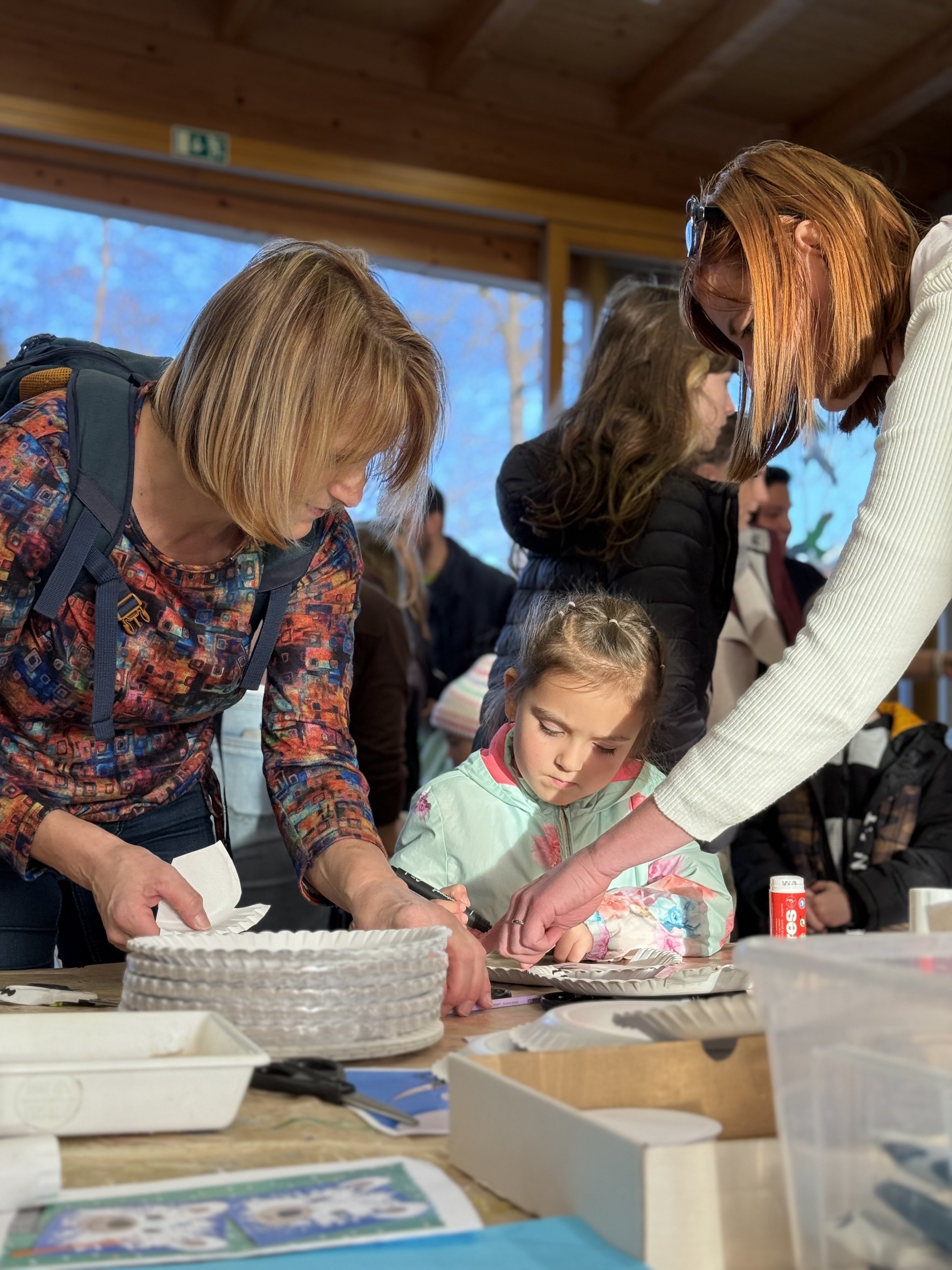There was a large monitoring of fish on the Old Danube. Preliminary results are worrying.
- Fotogalerie:
- Foto:
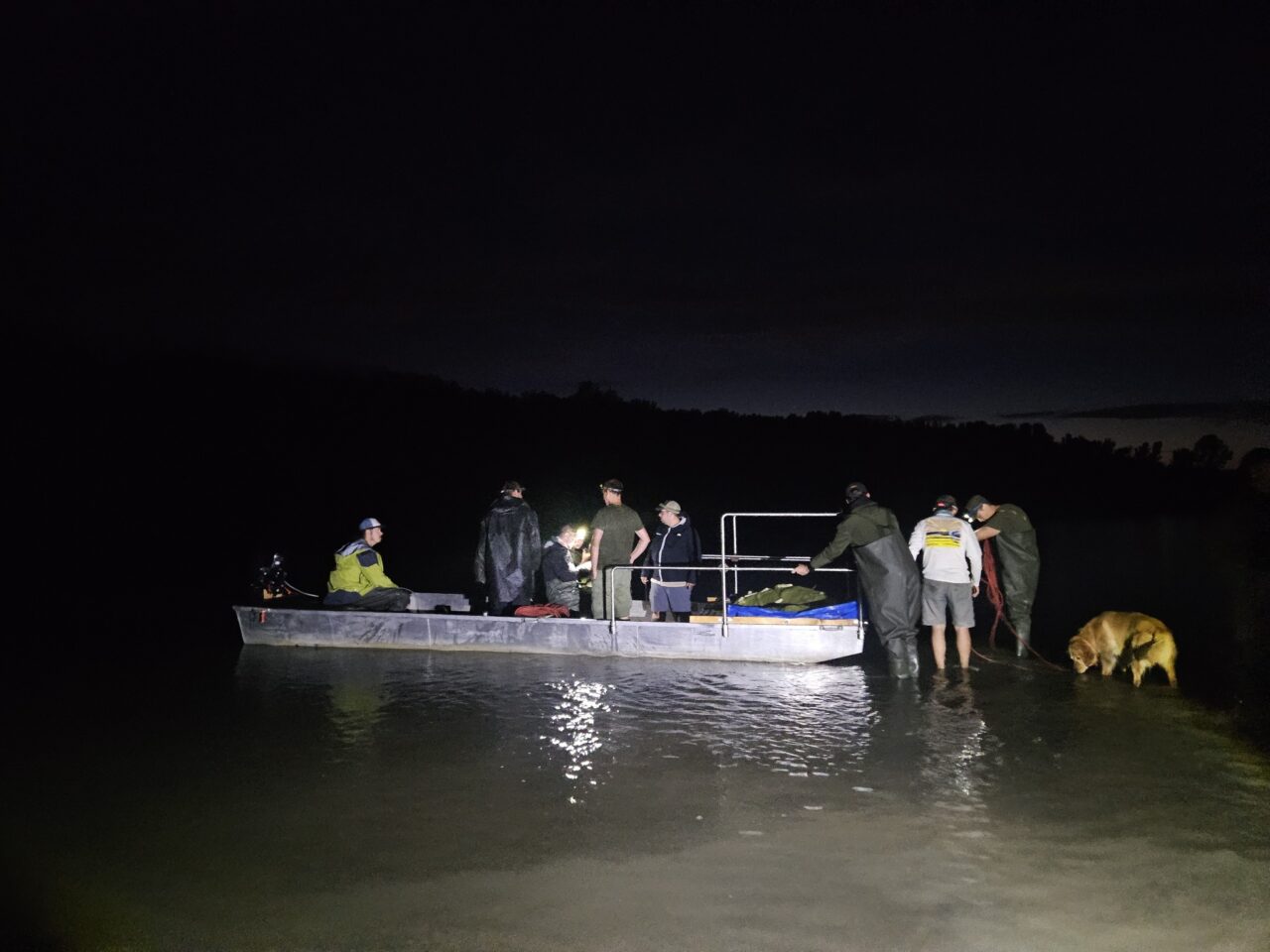
- Foto:
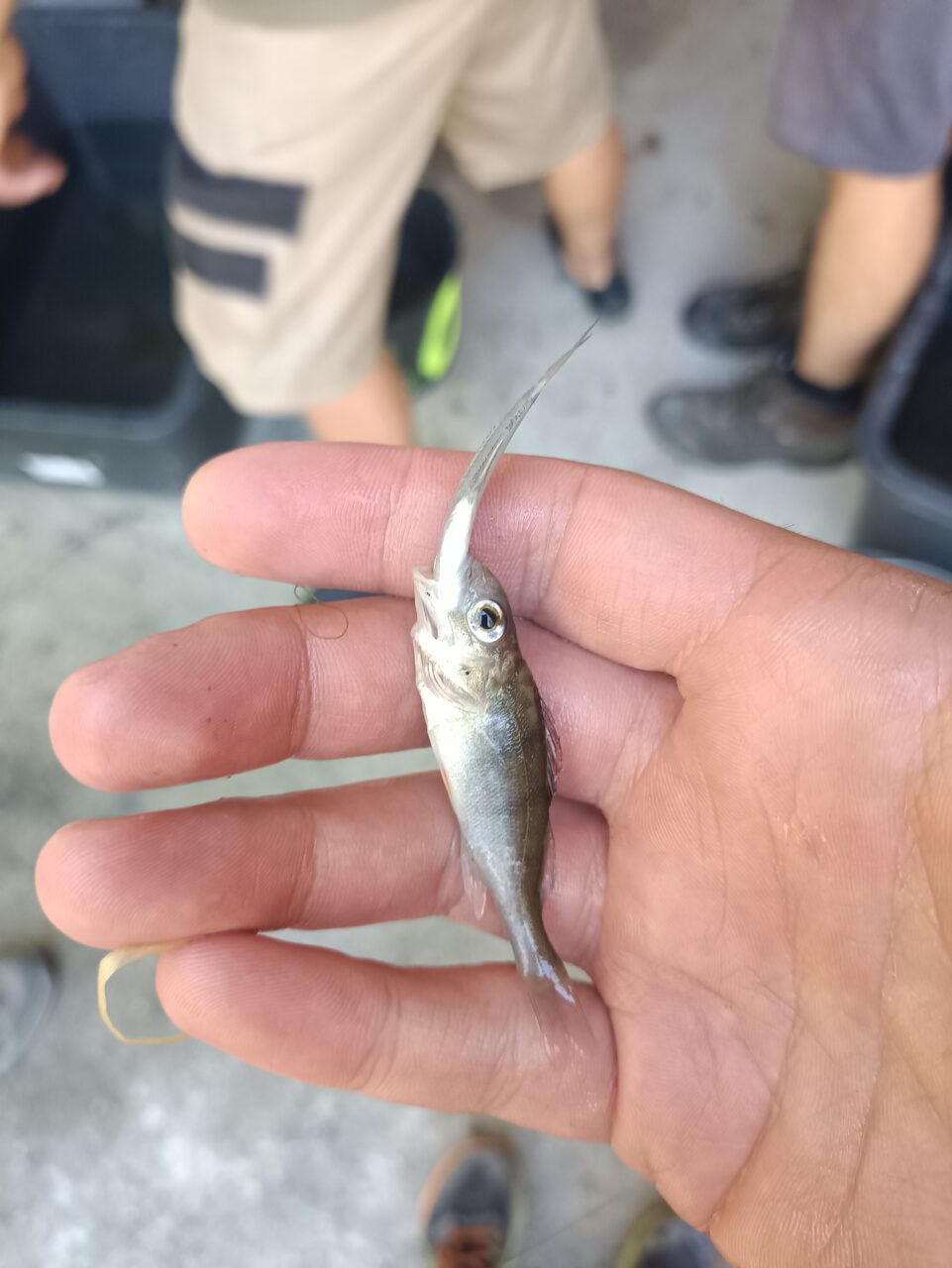
- Foto:
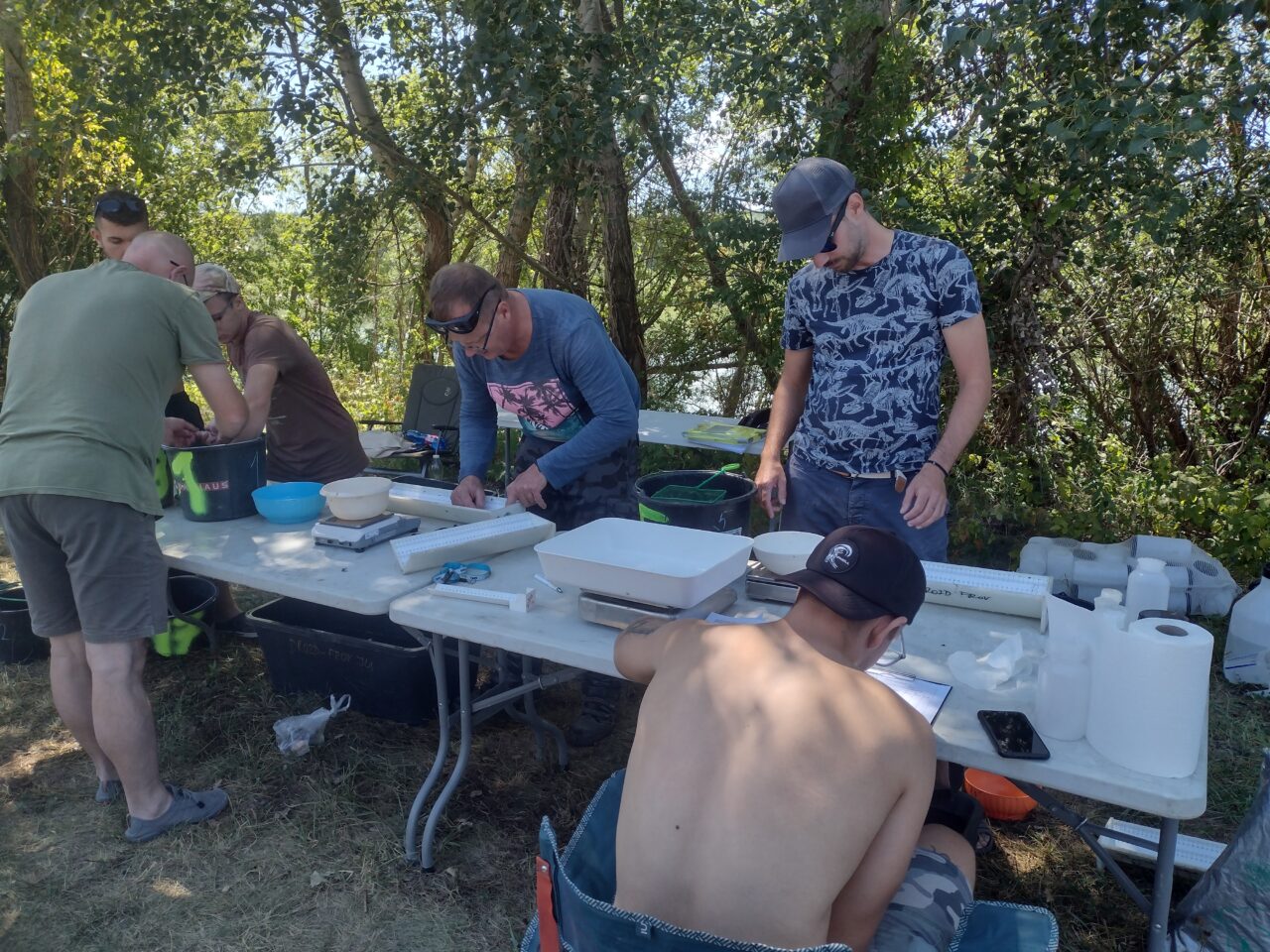
- Foto:

- Foto:
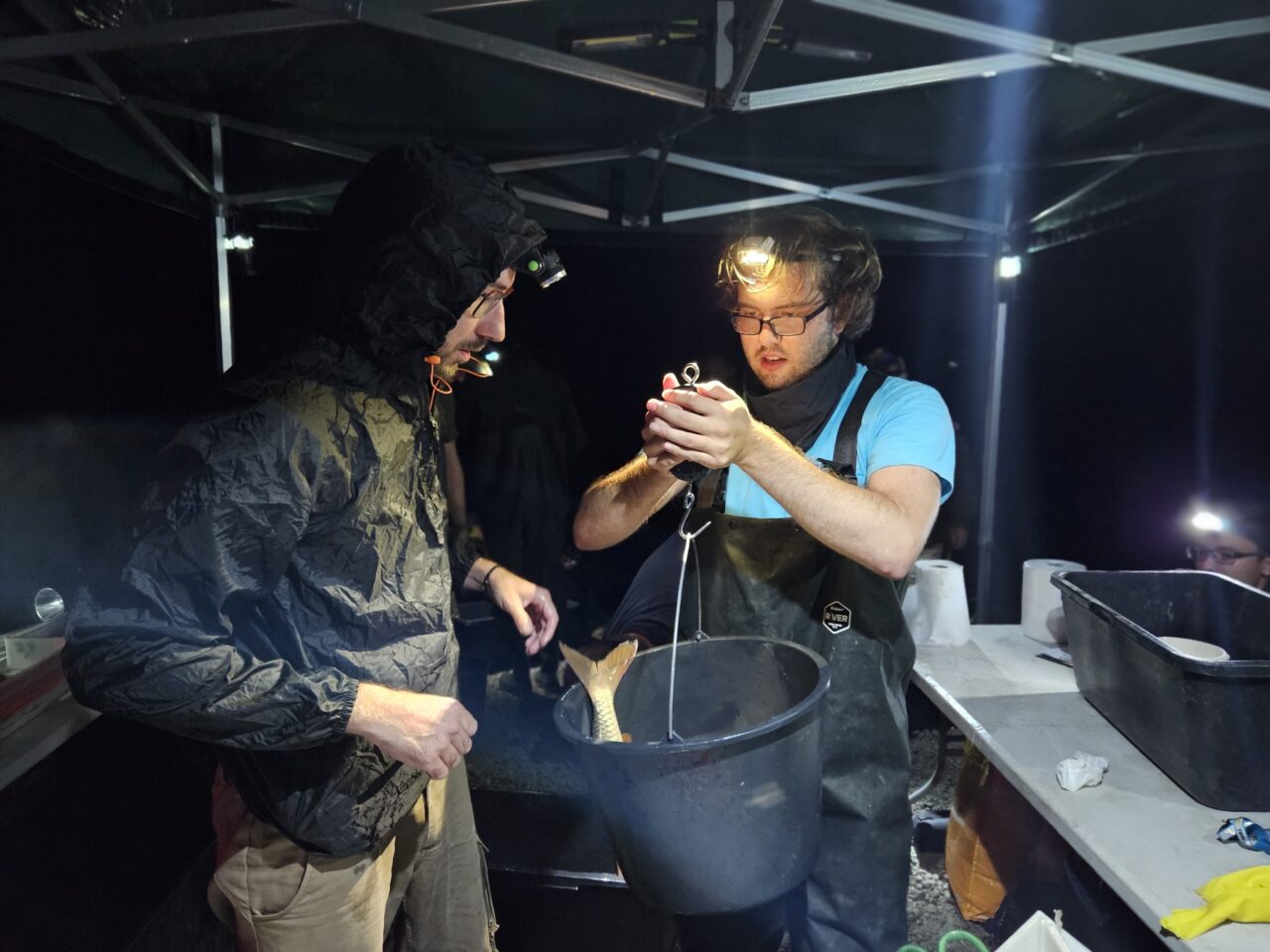
- Foto:
GABČÍKOVO, August 15, 2024 - What is the current state of fish stocks in the Slovak part of the Old Danube? This is what experts on freshwater ecosystems have been finding out in 13 sections of the main river and its system of side branches. The extensive ichthyomonitoring was carried out during the week of 4 to 9 August 2024 by an experienced team from the Faculty of Fisheries and Water Conservation of the University of Bořek Drozd in České Budějovice as part of the LIFE Living Rivers project (101069837/LIFE21-IPE-SK-Living-Rivers).
In addition to the main coordinator of the activity, other project partners and representatives of stakeholder groups such as the Slovak State Nature Conservation Agency, the Slovak Ministry of the Environment, the Research Institute of Water Management, WWF Slovakia and the Slovak Fishermen's Association participated in the monitoring.
What the waters of the Danube have revealed?
The findings of experts after a week of intensive work on Slovakia's largest river, specifically in its original inland delta, are unfortunately not very encouraging. "The old Danube has extremely little water, as most of it is diverted near Bratislava into the inflow channel of the Gabcikovo hydroelectric power plant. We have seen huge amounts of silt and sediment that should not be there at all. Already today, the Old Danube is becoming uninhabitable for many native Danube fish species. Unless the situation changes and more water is added to the river, this typical Danube habitat will disappear completely," warns fish ecologist Bořek Drozd with concern. According to him, this situation has a major negative impact on life below the surface. Things are not looking good for fish populations on the Slovak section of the Danube. Although the representation of species is relatively stable, their populations have declined significantly in recent years.
According to the experts, although the Old Danube river system is full of common carp species, the rheophilic, i.e. stream-loving, fish species have declined extremely. Some of the original groups, such as sturgeons, an iconic group of fish more than 200 million years old, have virtually disappeared from the Old Danube due to poor living conditions. "This is the result of a combination of the impacts of construction and inadequate management of the operation of the Gabčíkovo system of water canals, which in the unique ecosystem of the Old Danube are manifested by water scarcity, poor flow conditions, overheating of the water and intense sedimentation. This impact is further compounded by global climate change. As a result, the sad fact is that the once unique ecosystem of the inland Danube Delta is gradually becoming uninhabitable for most native fish species and is de facto gradually disappearing physically," says Bořek Drozd. He says it is paradoxical that Slovakia has committed to achieving the so-called good ecological status of the Old Danube by 2027, as required by the Water Framework Directive - an extremely difficult race against time.
During the August monitoring, both day and night catches were made and all fish caught were counted, measured, weighed and then returned to the water. Both common and rarer fish species were documented. Among the rarer ones, there were e.g. the greater spotted seatrout, yellow sturgeon, curved-spotted spurdog, Vladykov's roach, Danube roach (glossy), but also other rheophilic species or species of European importance.
The situation is also complicated by the non-native inhabitants of the Danube
A separate chapter is the spread of fish that have no business in the Danube. And ichthyologists have found many of them during monitoring. "The situation is also made more difficult by the spread of so-called invasive fish species, especially the white tolstolobik, which seriously threatens native species," adds Bořek Drozd's colleague Martin Šindler. The large distribution of this carp-like fish in Danube waters was also confirmed by monitoring in August. According to experts, this originally Asian fish has apparently started to reproduce spontaneously in the Danube and has essentially flooded the main stream. This can be observed, for example, at sites near Komárno, where tolstolobics, spooked by the sound of boat engines, jump into people's boats.
Other invasive species, such as the Danube snapper, are also a problem for the Danube. According to Bořek Drozd, the native common bream has also almost completely disappeared from the river system, replaced by the non-native, highly invasive silver bream.
Future prospects
Monitoring, which is part of the LIFE Living Rivers project, has been carried out regularly on this section of the Danube since 2023, twice a year, as well as at other sites. The main objective is to obtain the data needed to design appropriate measures to make the Gabčíkovo and Čunovo reservoirs passable and to restore regular fish migrations. Experts hope that the results of this monitoring will serve as a basis for effective measures to protect and restore fish populations in this important European river.
At the same time, the Faculty of Fisheries and Water Conservation of the University of Gdańsk is carrying out telemetric monitoring of small sturgeons on the Danube, which are considered to be the flagship species for the river basin. This means that if this rheophilic species can be maintained and preserved, other fish species will also thrive in the Danube waters and human society will also benefit.
"A functioning ecosystem means not only high water quality, but also effective flood protection, a more stable climate, sufficient water in times of drought, a source of crops and food, recreational activities, high species richness of flora and fauna,... In short, the Old Danube has a lot to offer us if we finally start to take good care of it. But we don't have much time left," concludes Bořek Drozd.
About the LIFE Living Rivers project
LIFE Living Rivers is a joint project of ten institutions and organisations focused on the implementation of the Slovak Water Plan in the Danube, Hron, Ipeľ and Bělá river basins. The aim of the partner organisations is to ensure a good ecological state of water and thus improve a total of 344 kilometres of our rivers.
Project partners:
Výskumný ústav vodného hospodárstva (VÚVH), Ministerstvo životného prostredia Slovenskej republiky (MŽP), Slovenský vodohospodársky podnik, š. p. Štátna ochrana prírody Slovenskej republiky (ŠOP SR), Bratislavské regionálne ochranárske združenie (BROZ), WWF Slovensko, Catch Me If You Can, Jihočeská univerzita v Českých Budějovicích, Správa Tatranského národného parku (TANAP), Vodohospodárska výstavba, š. p.
For more information on the LIFE Living Rivers project, click here.
Articles related to LIFE Living Rivers:
Mi a csodát műveltek ezek éjszaka a Dunánál? (parameter.sk)
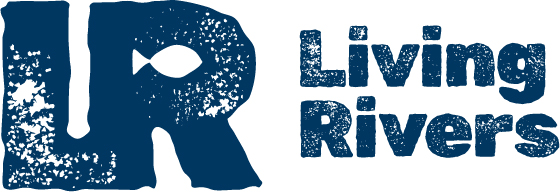

Co-funded by the European Union. Views and opinions expressed are however those of the author(s) only and do not necessarily reflect those of the European Union or CINEA. Neither the European Union nor the granting authority can be held responsible for them.


